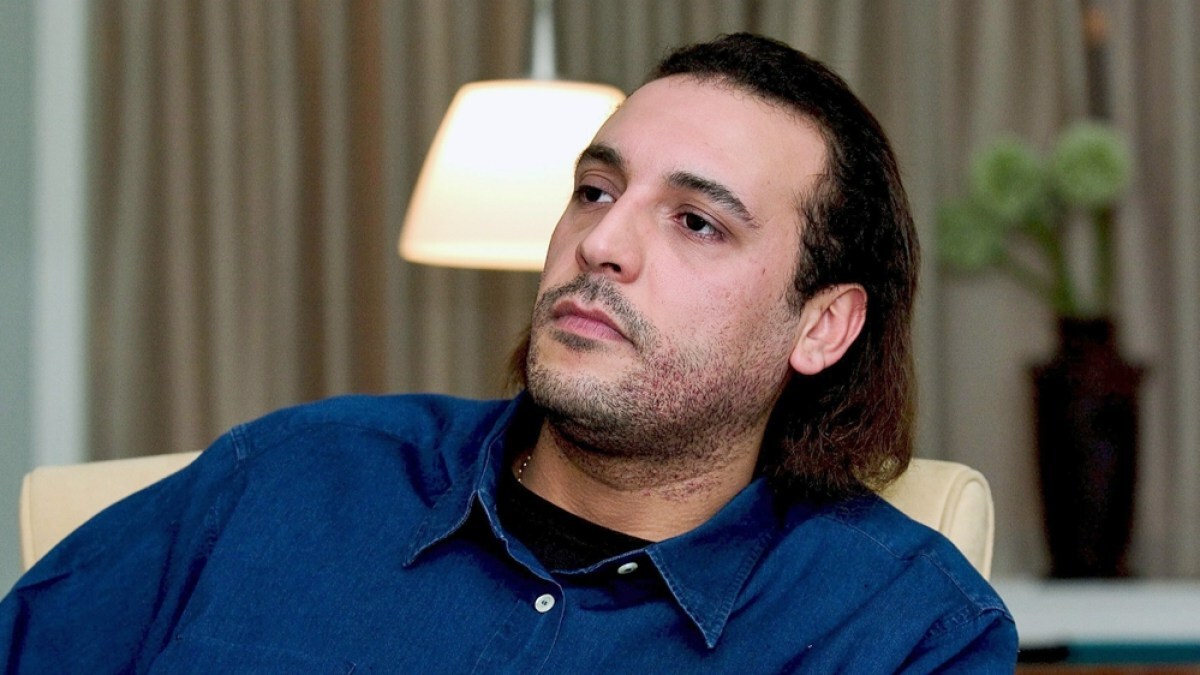
Pilotto Syndrome might sound unfamiliar, but it's a genetic condition that affects many people worldwide. This rare disorder impacts physical and cognitive development, leading to a variety of symptoms. Common signs include developmental delays, intellectual disabilities, and distinctive facial features. Early diagnosis can significantly improve the quality of life for those affected. Understanding the genetic basis of Pilotto Syndrome helps in managing the condition better. Supportive therapies like physical, occupational, and speech therapy play a crucial role in treatment. Raising awareness about Pilotto Syndrome is essential for fostering a supportive community and advancing research. Let's dive into 25 intriguing facts about this condition to broaden our understanding.
Key Takeaways:
- Pilotto Syndrome is a rare genetic disorder named after Dr. Maria Pilotto. It causes various symptoms like developmental delays, seizures, and vision problems, and there is no cure yet.
- Diagnosis involves genetic testing and MRI scans, and treatment includes physical therapy, speech therapy, and anti-seizure medications. Support groups and research are essential for managing Pilotto Syndrome.
What is Pilotto Syndrome?
Pilotto Syndrome is a rare genetic disorder that affects multiple systems in the body. It can lead to a variety of symptoms and complications, making it a challenging condition to manage. Here are some intriguing facts about this uncommon syndrome.
-
Pilotto Syndrome is named after Dr. Maria Pilotto, who first described the condition in the early 1990s.
-
It is caused by a mutation in the PLOT1 gene, which plays a crucial role in cellular function.
-
The syndrome is inherited in an autosomal recessive manner, meaning both parents must carry the mutated gene for a child to be affected.
Symptoms of Pilotto Syndrome
The symptoms of Pilotto Syndrome can vary widely from person to person. Some individuals may experience mild symptoms, while others may have more severe complications.
-
Common symptoms include developmental delays, intellectual disability, and muscle weakness.
-
Many individuals with Pilotto Syndrome have distinctive facial features, such as a broad forehead and a flat nasal bridge.
-
Seizures are a frequent complication, affecting approximately 70% of those with the condition.
-
Some individuals may experience vision problems, including cataracts and retinal degeneration.
-
Hearing loss is another common symptom, often requiring the use of hearing aids.
Diagnosis and Testing
Diagnosing Pilotto Syndrome can be challenging due to its rarity and the variability of symptoms. However, several tests can help confirm the diagnosis.
-
Genetic testing is the most definitive way to diagnose Pilotto Syndrome, identifying mutations in the PLOT1 gene.
-
MRI scans can reveal characteristic brain abnormalities associated with the syndrome.
-
Electroencephalograms (EEGs) are often used to detect seizure activity in affected individuals.
-
Regular eye exams are crucial for identifying and managing vision problems early on.
Treatment and Management
While there is no cure for Pilotto Syndrome, various treatments can help manage symptoms and improve quality of life.
-
Physical therapy can help improve muscle strength and coordination.
-
Speech therapy is often beneficial for individuals with communication difficulties.
-
Anti-seizure medications are commonly prescribed to control seizure activity.
-
Regular hearing assessments and the use of hearing aids can address hearing loss.
-
Special education programs can support the learning needs of children with developmental delays.
Living with Pilotto Syndrome
Living with Pilotto Syndrome can be challenging, but with the right support and resources, individuals can lead fulfilling lives.
-
Support groups and online communities can provide valuable emotional support and information.
-
Early intervention programs can significantly improve outcomes for children with the syndrome.
-
Adaptive devices, such as wheelchairs and communication aids, can enhance independence.
-
Regular medical check-ups are essential for monitoring and managing health complications.
-
Family counseling can help relatives cope with the emotional and practical challenges of caring for someone with Pilotto Syndrome.
Research and Future Directions
Ongoing research is crucial for understanding Pilotto Syndrome better and developing new treatments.
-
Scientists are exploring gene therapy as a potential treatment for genetic disorders like Pilotto Syndrome.
-
Clinical trials are investigating new medications that may help manage symptoms more effectively.
-
Increased awareness and funding for rare diseases can drive research and improve outcomes for those affected by Pilotto Syndrome.
The Final Word on Pilotto Syndrome
Understanding Pilotto Syndrome helps in recognizing its impact on those affected. This rare genetic disorder, characterized by muscle weakness, developmental delays, and seizures, requires early diagnosis for better management. Genetic testing plays a crucial role in identifying the syndrome, allowing for tailored treatments and interventions.
Support from medical professionals, therapists, and support groups can make a significant difference in the lives of patients and their families. While there's no cure yet, ongoing research offers hope for future advancements in treatment.
Raising awareness about Pilotto Syndrome is essential. By sharing knowledge and supporting research, we can contribute to improving the quality of life for those affected. Stay informed, support the cause, and help spread the word about this rare condition. Together, we can make a difference.
Frequently Asked Questions
Was this page helpful?
Our commitment to delivering trustworthy and engaging content is at the heart of what we do. Each fact on our site is contributed by real users like you, bringing a wealth of diverse insights and information. To ensure the highest standards of accuracy and reliability, our dedicated editors meticulously review each submission. This process guarantees that the facts we share are not only fascinating but also credible. Trust in our commitment to quality and authenticity as you explore and learn with us.


